Spider-Man has gone through several reboots and even stepped foot into the animated world, but “Spider-Man: No Way Home” is a cinematic culmination of everything we’ve seen so far. Critics and fans praised the film as the love letter to everything Spider-Man as the hero stepped out of the shadow of the other heroes and saved the day on his own merits, with the help of his non-superpowered friends.
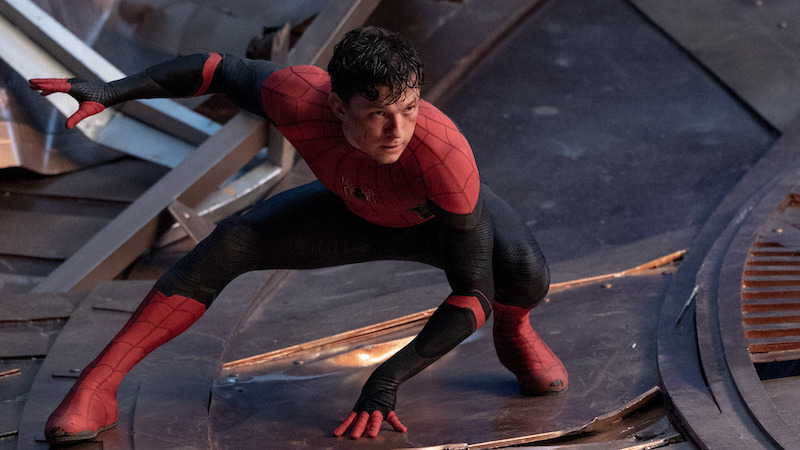
The film earned $253 million domestically and $587 million worldwide in its opening weekend and during a pandemic, no less. Fans everywhere cheered the inevitable team-up of cinematic Spider-Mans of the past (Tobey Maguire and Andrew Garfield) with the current MCU Spider-Man (Tom Holland) fighting against the rogues from the preceding Spidey franchises. Of course
The trilogy capper’s commercial and crucial success only solidified Spider-Man’s place within the superhero movie genre. So it makes sense that one of the conversations about “Spider-Man: No Way Home” is where it belongs within the nine films that use Spider-Man in its title. As such, I am sharing my own rankings.
9 – “The Amazing Spider-Man 2.”
“The Amazing Spider-Man” film franchise never got a chance to freely web swing in a way that honors the character, thanks in no small part to studio interference. Instead, much of the sequel’s problems lie with how it was racing to catch up with the popularity of the MCU’s shared universe storytelling formula. And in an effort to replicate that success, Sony dove headfirst into shallow waters as it crammed a convoluted story into its sequel in hopes of creating a similar shared universe, all the while forgetting to tell a story about its titular webslinger.
The result of the sloppy “The Amazing Spider-Man 2” left the franchise damaged and unable to move forward with any plans for a sequel or potential spinoffs set within that universe. The cheesy character work from the VFX heavy Electro (Jamie Foxx) was offputting. The Harry Osborn (Dane Dehaan) and Peter Parker dynamic was wasted considering its attempts to establish years of friendship within a limited run time. The former comes off as a spoiled brat with zero backstories for the audience to look back on. But the worst part of all of this is how it throws away all of that promise the franchise had as Andrew Garfield made for an amazing Spider-Man, and the tragic loss of Gwen Stacy (Emma Stone) left an emotional void for the character that would never be filled.
8 – “Spider-Man 3”
What goes up must come down. Despite Sam Raimi’s first two Spider-Man films swinging in an upwards trajectory, “Spider-Man 3” represents the crash and burn that could happen when studio interferences clash with the director’s vision. Despite his objections, Sony pushed hard to have Raimi include the fan-favorite Venom /Eddie Brock (Topher Grace). Left with no other options, the film wasn’t reflective of what its predecessors had established as it tried to justify Spidey fighting three villains in one movie. The multiple villains aren’t so much of a problem, but when Venom, Sandman (Thomas Hayden Church), and anamnestic Green Goblin (James Franco) don’t have defining arcs, it only makes this more difficult to track or care for. And the additions of Gwen Stacy (Bryce Dallas Howard didn’t help service the story or help with Parker’s overall arc.
To make matters worse, the trilogy finale retcons itself by rewriting the history that Sandman was the one who murdered Uncle Ben, not the thief he let walk free. This one change tarnished the character’s legacy and Raimi’s vision as the original tragedy is what motivates Peter to live by his late Uncle Ben’s adage that “With great power comes great responsibility.” It’s an unwelcome change that harmfully subverts the Spider-Man mythos and the powerful mantra that has meant so much to many Spider-Man fans for so long.
7 – “Spider-Man: Far from Home”
Though “Spider-Man: Far from Home” may be on the lower end of this list, it doesn’t make it the weakest. It certainly has a lot of great ideas that reflect upon Peter Parker’s (Tom Holland) experience as a teenager and inexperienced superhero who must navigate through life without his mentor Tony Stark. But its inability to balance the high school drama with the romantic comedy, interdimensional mystery, and superheroism prevent Spider-Man from shining on his own. And the film follows similar beats that “Spider-Man: Homecoming” had done, making “Spider-Man: Far From Home” a mere echo of its past. The only real difference is that it took place in a new setting, with Mysterio serving as the chief villain.
Still, there is something to be said about the individual performances from this film. Holland continues to be charming, while Zendaya and Jacob Batalon are given a few more things to do. What’s more, Jake Gyllenhaal’s Mysterio makes for a fantastic duplicitous villain who’s one part mentor and one part smarmy con artist with a vendetta. Plus, the more grounded twist on one of Spider-Man’s cheesiest rogues plays off well on screen and puts Spider-Man’s talents as a web-slinging hero on full cinematic display.
6 – “The Amazing Spider-Man”
Another Spider-Man film that suffers from repetition is Marc Webb’s “The Amazing Spider-Man.” The film pretty much echoes what Sam Raimi had already done but with a few new twists in its storytelling, upgraded technology, and different villains. Garfield makes for an even better Spider-Man than Maguire, considering how much more quippy and athletic he could be. Of course, some of that has to do with better CG, but when it comes to portraying Parker, it’s hard to picture someone as handsome as Garfield as the typical undesirable high school nerd.
But what the film manages to get right is the new romance between Parker and Gwen Stacy. Both are these brilliant brainy kids, with Stacy being the more intelligent and courageous of the two as she, who doesn’t have any superpowers, is willing to throw herself into the middle of all the danger. But using Rhys Ifans’ Doctor Kurt Connors as the film’s main antagonist is a huge letdown considering how Raimi used him as a mentor. throughout three films. Webb’s rebooted tries to establish deeper connection for Peter as the film shoehorns a working relatinship Connors’ and Parker’s father that ultimately meant nothing for the film.
5 – Spider-Man
This is where it all started. Raimi’s take on the web-slinger put superhero movies on the map and without the help of a larger connective universe or an ensemble cast. Sure, parts of it are dated like the CGI, and the costume designs could use some serious work – let’s be honest, that Green Goblin suit is awful. But it’s the fact that Raimi was able to bring one of the greatest comic book superheroes to life on the big screen that resonated with fans, audiences, and critics.
Sure, there were some slight modifications to the web-spinning and less quipping that may have left some Spider-Man fans unhappy. But overall, it’s an origins story that captivates its audience with its heartfelt story of a likable protagonist who can’t catch a break, whether for both Peter or Spider-Man. And the supportive character work also shines, especially when it comes to J.K. Simmons as the cranky editor-in-chief J. Jonah Jameson. He stops at nothing to slander Spider-Man as a public menace. But what really sets “Spider-Man” apart from the rest is Willem Dafoe’s dual performance as the driven scientist Norman Osborn and the malevolent Green Goblin, whose cackle sends chills down one’s spine.
3 – Spider-Man 2
If there was ever a sequel that truly lived up to the idea that it’s better than its predecessor, it would be “Spider-Man 2.” Though a majority of the public may support Spider-Man as a hero, he is despised by the media and his closest friends. Soon, the superheroism begins to wane on him as it impedes his life as Peter. He falls behind on his rent and his class. He can’t even remember his own birthday. And Parker sees his gift as a curse. As these psychological pains weigh on him, he starts to lose his powers. But with that comes some freedoms that allow him to be the Peter Parker he could never be when he had to balance his life and scholastic responsibilities with his duties as a superhero. And in the process of that, he also learns that everything has its price.
Raimi immediately understood that there not only needed to be those typical superhero stakes but they’re also needed to be one for the man behind the mask. And a lot of that has audiences sympathize with Peter’s struggles. Because his gifts allow him to save the city, but it doesn’t pay the bills or get him a passing grade for school. What’s even more impressive is how the action seems to be elevated with the help of Alfred Molina’s outstanding performance as the tragic Doctor Octopus. The extra appendage character work pop through a mix of real-world puppetry and CG. And it gives an additional four sets of headaches as Spidey fights the new antagonist in a bank and on top of a moving train. Both feature some impressive set pieces and camera work of that time. And if that weren’t enough, Molina is as memorable as his predecessor. What makes it all the sadder is that the two never had an onscreen performance until 17 years later.
2 – Spider-Man: Into the Spider-Verse
One can never have too much Spider-Man content. Each one has its own distinct style and storytelling. And while all of the live-action films adhere to a certain formula, few had the balls to be as bold and daring as “Spider-Man: Into The Spider-Verse.” Instead of retreading familiar Spider-Man origins ground, the animated film kills off its Peter Parker so that it can make way for a new take on the web-slinger that’s relevant to the current times we live in now. And Miles Morales (Shameik Moore) is emblematic of these welcomed changes as he represents the importance of diversity and the film’s mantra that anyone can wear the mask. But, of course, he’s going to have to overcome some self-doubt as well remind a jaded Peter Parker (Jake Johnson) from another universe why Spider-Man means so much to others.
Directors Bob Persichetti, Peter Ramsey, and Rodney Rothman, using a script written by Lord and Rothman, digs deeper into the Spider-Man myth while also using its comic book inspirations to create something stylish and visually impressive. We see a Spider-Man origins story from an entirely new perspective with new dynamics and emotional impacts that shape the hero’s arc. And the film’s use of Ben-day dots, action blurbs, and vibrant colors within the cutting edge animation turn “Spider-Man: Into The Spider-Verse” into a comic book come to life.
1 – Spider-Man: No Way Home
It’s almost hard to believe that a “Spider-Man: No Way Home” could exist without any of the groundwork laid out by the previous two live-action franchises. But it owes a lot of its credit to “Spider-Man: Into The Spider-Verse,” considering how it was the first to introduce the idea that Spider-Mans from across the multiverse crossed over into one film. But, of course, that was an animated film, which planted the seeds that a live-action take could work if all the pieces fell into place. And based on the critical and commercial reactions, it did. Fans got to see Willem Dafoe and Alfred Molina reprise their roles as the menacing Green Goblin and tragic Doctor Octopus, respectively. What’s more, the film redeemed some of the more flawed heroes from “The Amazing Spider-Man” film franchise like Rhys Ifans’ Lizard and Jamie Foxx’s Electro.
Though “Spider-Man: No Way Home” is an MCU film, it is the first time that fans got to see the Webhead save the day – and maybe the multiverse – is on his own, with no help or mentorship from his Avenger allies. For too long, the MCU Spidey standalone films have been overshadowed by the likes of Iron Man and his legacy, unable to be a film that lives up to its title. And while it does exist within the limitations of the MCU borders, “Spider-Man: No Way Home” still finds a way to celebrate its titular hero, utilize the previous Spider-Man heroes and villains while also playing in the MCU sandbox.
While it took a few attempts, Peter Parker and Spider-Man can finally be Peter Parker and Spider-Man. A lot of its strength lies in how Peter relies on his non-superpowered friends like MJ and Ned, who are given more to do than the two installments combined. It’s their relationship that’s the beating heart of the film. Because without them, the stakes wouldn’t be as high, and there would be no emotional connection to the audience. But honestly, the idea that one film could bring two other actors, who played Spider-Man in their careers, together with Holland, arguably the best Peter Parker and Spider-Man, is truly an amazing accomplishment. With plenty of laughs and tears, not to mention jaw-dropping action set pieces, “Spider-Man: No Way Home” is, without a doubt, one Spider-Man film that you have to see to believe.

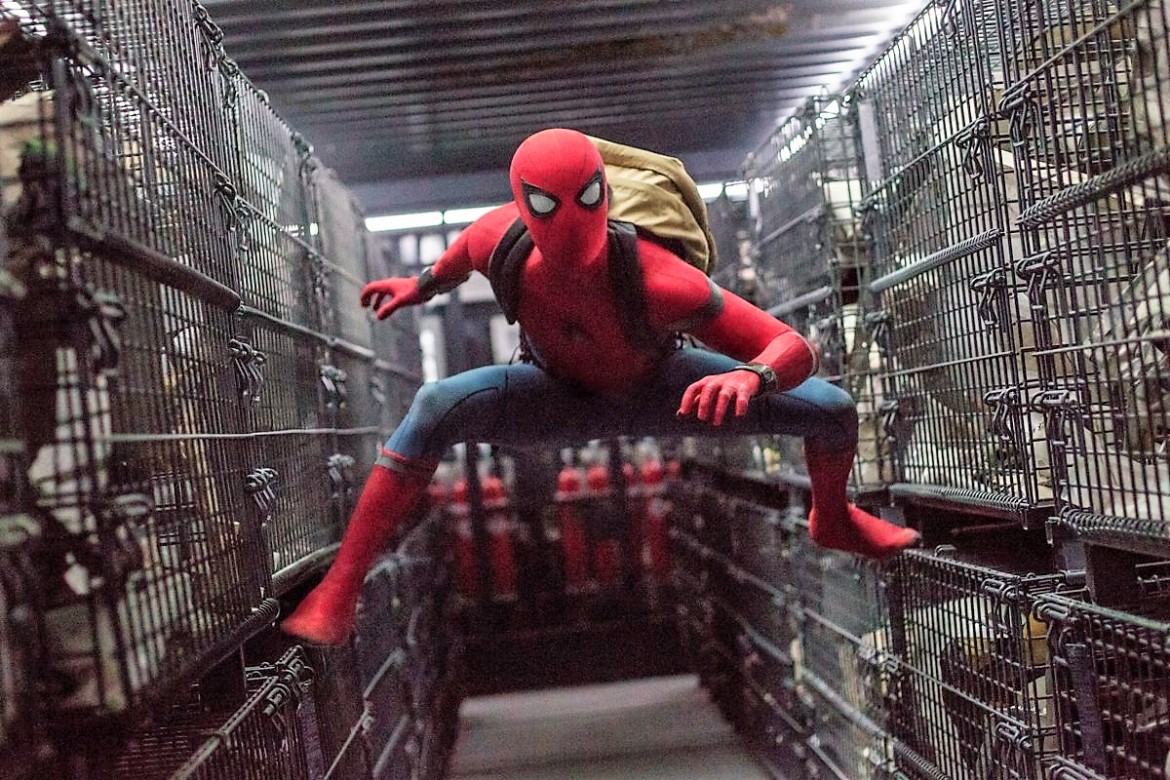
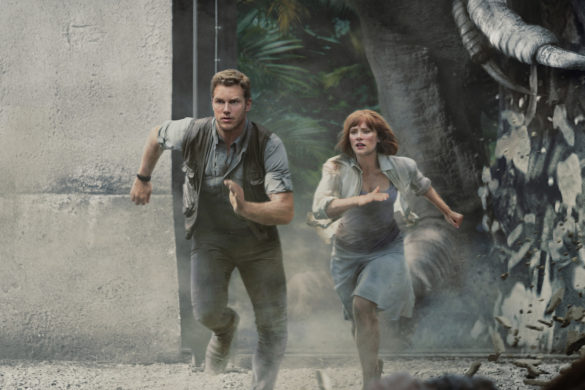
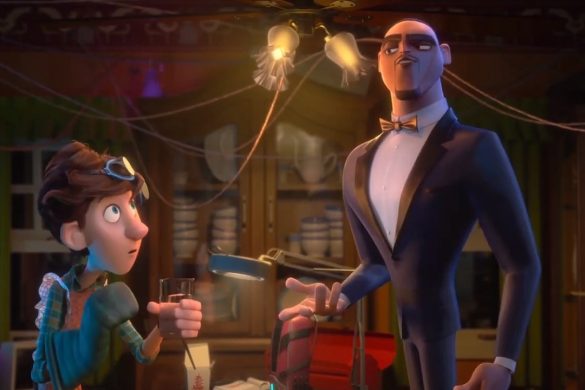
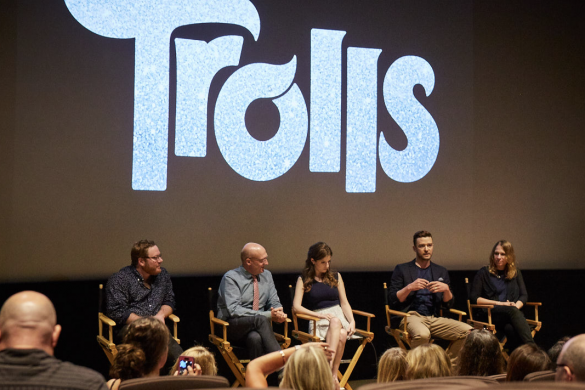
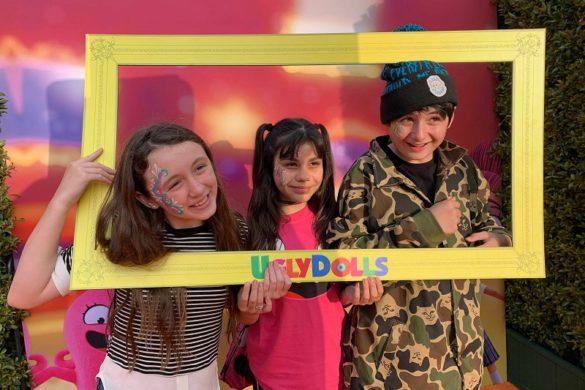
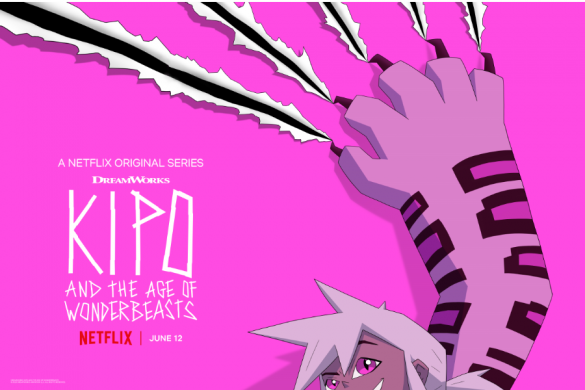
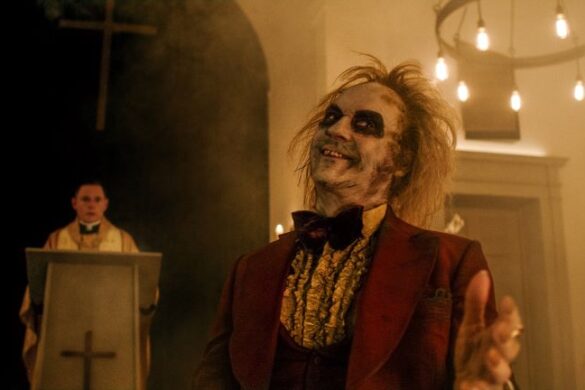
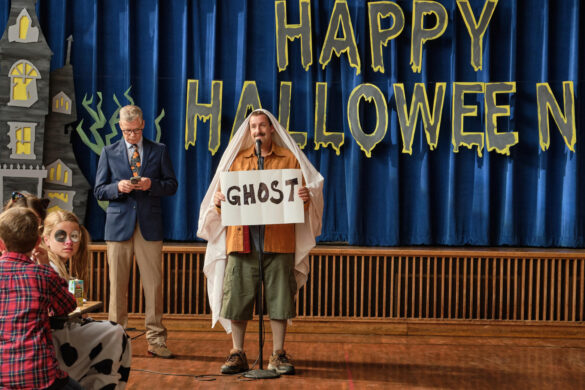
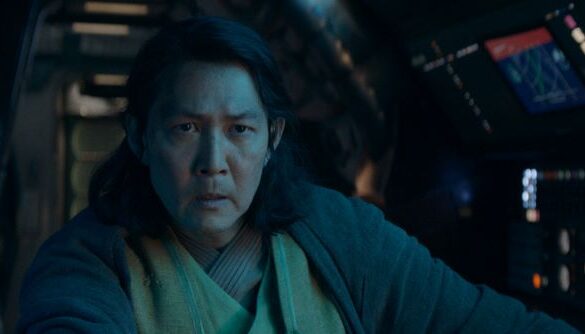
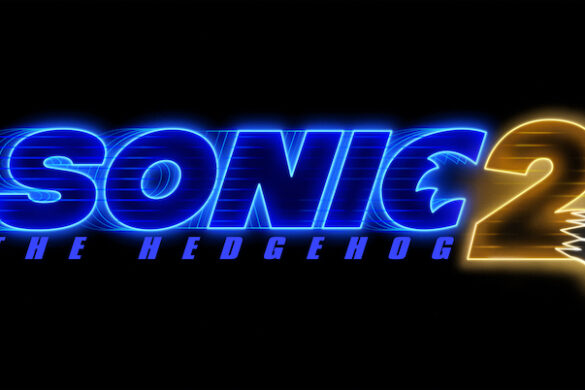
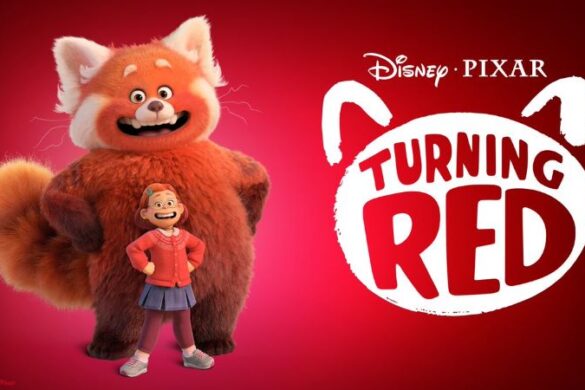
1 comment
I love the Spiderman series. But to be honest, the original one with Tobey Maguire was the best one. Tom Holland is doing fantastic in the reboot series. Unfortunately, couldn’t watch Spiderman No way home on the big screen, waiting for its digital release on March 22.